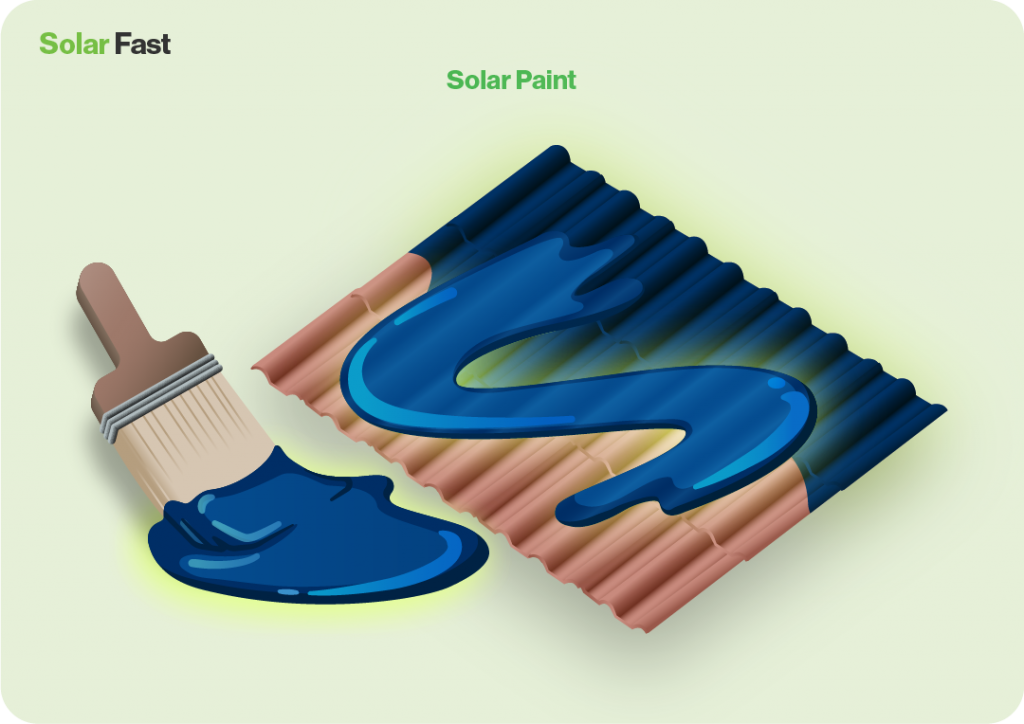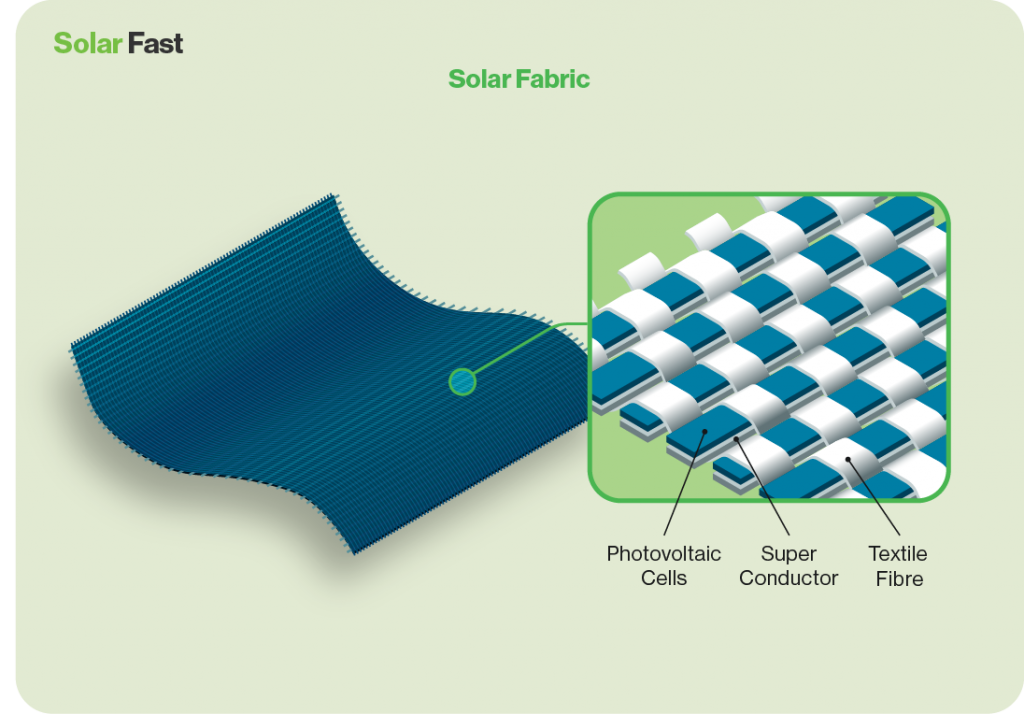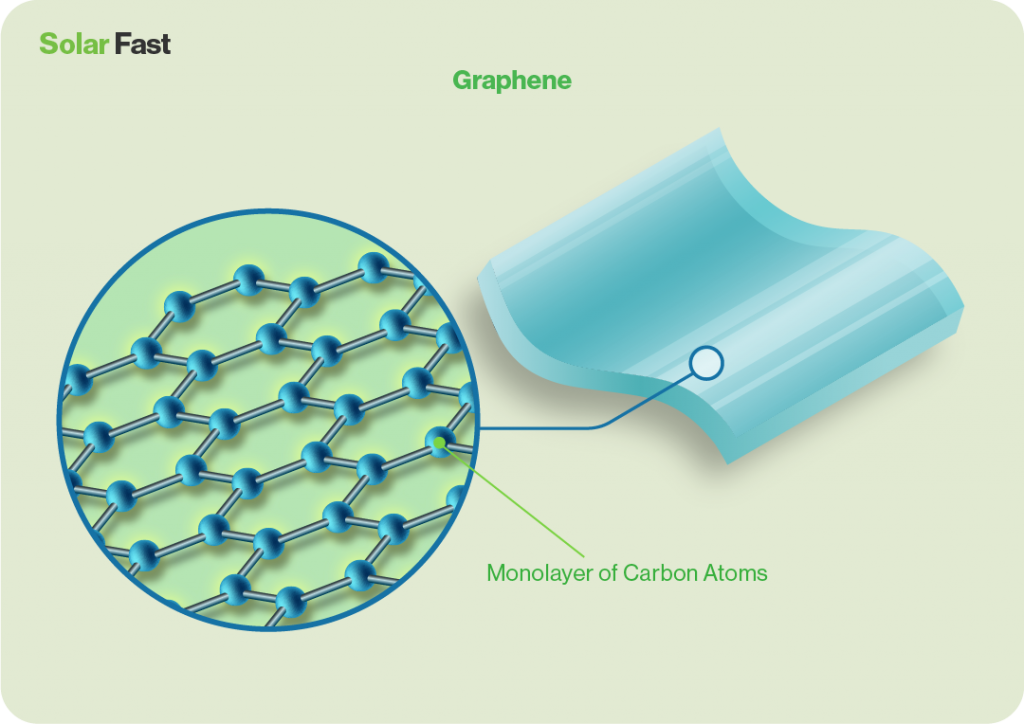Solar energy has been around for a lot longer than we think, but it’s always been the poor cousin in the world of electricity production, failing to secure the necessary investment for development and advancement.
That has changed a great deal over the last 20 years, with domestic solar becoming the most popular method of generating electricity domestically.
In fact, investment in the commercial side of solar has also picked up with solar farms and parks starting to feed vast amounts of power into national grids in nearly every country on Earth.
So, what does the future hold for photovoltaic electricity?
A Brief History of Solar
The sun has been around for a fair amount of time now, about 5 billion years at the last count, so it is no surprise that humans have been harnessing its power for centuries.
In theory, the Romans, Egyptians, Myans, Greeks, Ancient Chinese and other great civilisations were heating water, homes and starting fires with solar thousands of years ago.
But the first scientific harnessing of the sun’s power is sometimes credited to French scientist Edmond Becquerel, who discovered that Selenium produced electricity when exposed to the sun, but it was Charles Fritts producing the first solar cells made from selenium wafers, in 1883, that set us on the path we are now on.
See more on the history of solar.
Technological Advances
The principle of solar hasn’t changed much since Fritts’ discoveries.
Basically, we find a material that reacts to light and then we hone it until it’s making electricity at a level we can use – currently, that material is silicon.
Silicon is the second most abundant element on Earth, Oxygen being the first, and it can be found in rocks, quartz, and sand.
Once purified Silicon can be cut into wafers and used to create electricity, but it is the way we maximise that production that advances solar technology.
The most recent, commercially available advancement has been the splitting of photovoltaic cells to decrease resistance and increase efficiency.
Sold as Half Cell Monocrystalline panels, these have the highest efficiency 24% of most modern domestic panels.
So, if this is where we are at with silicon, what else can we do to improve solar?
Floating Solar
Floating solar, or Floatovoltaics, has been around since the first water-based solar farm was installed at Far Niente winery in Napa Valley, California.
It’s easier, and therefore cheaper, to install panels on water, it doesn’t spoil people’s views of our green and pleasant land, plus it helps wildlife, fauna, and water health.
The panels cool the water and reduce Alge blooms that can suck oxygen out of the ecosystem.
In turn, the panels are kept cool by the water, so they maintain their maximum efficiency.
Scotland’s first floatovoltaics farm has just been launched in Fife County.
Agrivotaics
Mixing farming and solar seems such an obvious idea that we are surprised it’s taken so long to become a reality.
The problem, historically, was that the panels were floor mounted and that meant you could only grow small crops or use the remaining land for grazing animals.
However, research in Germany, and experiments in France, are proving that correctly mounted panels can help certain crops to flourish.
Brassicas, peppers, and other similar crops need shade at certain times of the day which an automated panel mounting system can easily archive.
As for more intensive crops, cereal farms are utilising high-mounted panels to ensure large vehicles can still farm the land while the panels soak up all that energy from the sun.
Solar Paint
Sounds a bit ‘sci-fi’ but, this is being developed in the US right now.
Tiny silicon cells are mixed in with paint which can be used to cover grids made of super-conductors.
The efficiency is currently less than 1%, and the price is certainly ‘un-commercial’, but this could be a game changer in the future if every building, wall, car or surface could have the potential to generate electricity.

Solar Fabric
We promise we are not making this up!
Once again, tiny photovoltaic cells are the solution here as they are mixed in with material and tiny strands of super-conductor.
The experiments so far have yielded a very small amount of power, about enough to charge a mobile phone, but the implications for medical equipment are fantastic.
Imagine being able to keep a pacemaker, or blood sugar monitor, fully changed just by putting a t-shirt on and going for a stroll!
It’’s the future, kids.

Transparent Cells
Transparent cells are slowly making their way into the industry but you probably won’t see them in panels on roofs.
Semi transparent cells are being used in experiments on tinted window in office blocks. The efficiency of these panels is low, coming in at around 7.2%.
Lower efficiency is not the barrier to market that you’d think it was, as the price of production is lower so you can create more cells for less money.
Most cities are packed to the gills with skyscrapers made almost entirely of glass, so this gives the transparent cell plenty of opportunity to generate that power.
Fully transparent solar panels fair even more poorly in terms of efficiency and are currently at 1% with an estimated potential of 5%.
Much lower but, if the cells are completely see-through, imagine where they could be used!
Graphene
Graphene is made by creating a layer of graphite 2 atoms thick.
It’s a bit of wonder material as, not only is it a super conductor, but it also absorbs the full spectrum of light – whereas silicon panels can’t absorb infrared.
The super conductor element to graphene is already being used in connecting cables and batteries, but the price is still a huge barrier to utilising it in a commercial sense.
While graphene is relatively cheap when used as a conductor, as photovoltaic sheets it can be as much as $180 a square inch (6.45cm2).

The future looks bright, and it’s powered by solar!
One of the biggest steps forward in solar energy will be when we start to use ‘dead’ spaces to produce power.
The techies are already looking at roads as somewhere we can lay panels to generate electricity.
Unfortunately, recent experiments have not been overly successful, with the panels breaking and the roads not performing as they should when it comes to energy production.
So, barriers, road signs, bridges, hoardings and any other spaces we can cover in panels, paint or material would be idea for upping the solar energy yield from transport.
Following on from that we could use railway tracks, trains themselves, bus shelters and any other static space in the public transport network.
Then there are walls, offices, windows, schools, public building and …. well, if we can crack the transparent cells and solar paint, we could produce energy from pretty much anything.
The future of solar is looking pretty bright from where we are standing.







